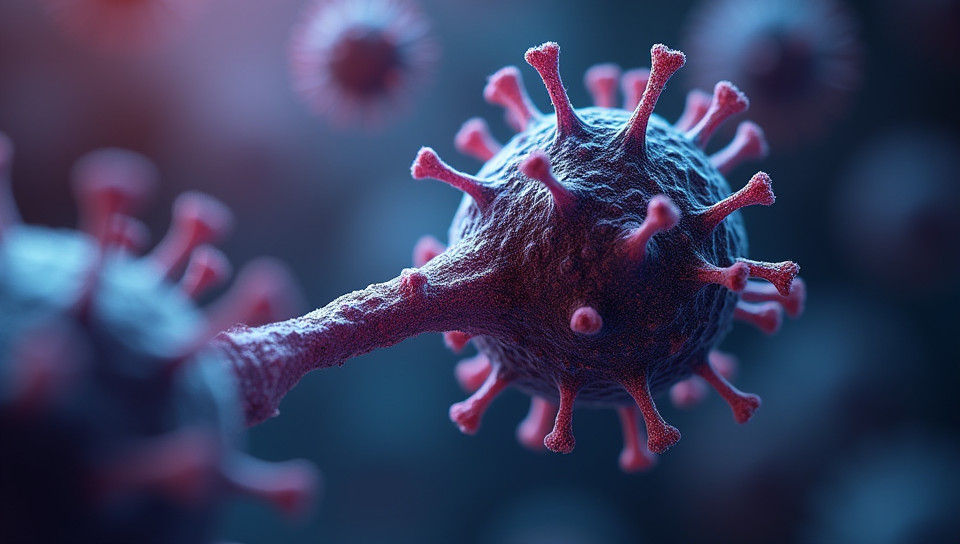CRISPR can introduce disease-causing mutations into the genome 87%

The Double-Edged Sword of CRISPR: How Gene Editing Can Introduce Disease-Causing Mutations
As scientists and researchers, we're often told that CRISPR (Clustered Regularly Interspaced Short Palindromic Repeats) is a revolutionary gene editing tool that can cure genetic diseases by precision editing the genome. While this is true to some extent, there's another side to the story – one that suggests CRISPR can also introduce disease-causing mutations into the genome.
The Power of CRISPR
CRISPR has been hailed as a game-changer in the field of genetics and genomics. By allowing scientists to edit specific genes with unprecedented precision, it holds great promise for treating genetic disorders such as sickle cell anemia, cystic fibrosis, and muscular dystrophy.
The Risks Associated with CRISPR
However, recent studies have raised concerns about the potential risks associated with CRISPR technology. One of the main concerns is that gene editing can introduce unintended mutations into the genome, which could lead to new genetic disorders or exacerbate existing ones.
Unforeseen Consequences of Gene Editing
Gene editing using CRISPR involves making precise cuts in the DNA molecule and then repairing it with a template that contains the desired changes. However, this process is not foolproof and can sometimes result in unintended mutations. These mutations can occur at multiple levels, including:
- Chromosomal rearrangements
- Deletions or insertions of genetic material
- Point mutations
- Gene expression alterations
The Consequences of Unintended Mutations
Unintended mutations introduced by CRISPR can have severe consequences for human health. Some potential risks include:
- Development of new genetic disorders
- Exacerbation of existing genetic conditions
- Increased risk of cancer
- Disruption of gene regulation and expression
Conclusion
While CRISPR holds great promise as a therapeutic tool, it's essential to acknowledge the potential risks associated with its use. As scientists and researchers, we must take a cautious approach to gene editing and ensure that we're not introducing unintended mutations into the genome. This requires careful consideration of the consequences of our actions and implementation of robust safety protocols.
Ultimately, CRISPR is a double-edged sword – one that holds tremendous potential for human health but also poses significant risks if not used responsibly. By acknowledging these risks and taking steps to mitigate them, we can harness the full power of gene editing while minimizing its unintended consequences.
- Created by: Zion de Guzman
- Created at: Jan. 13, 2025, 5:51 p.m.
- ID: 17808









